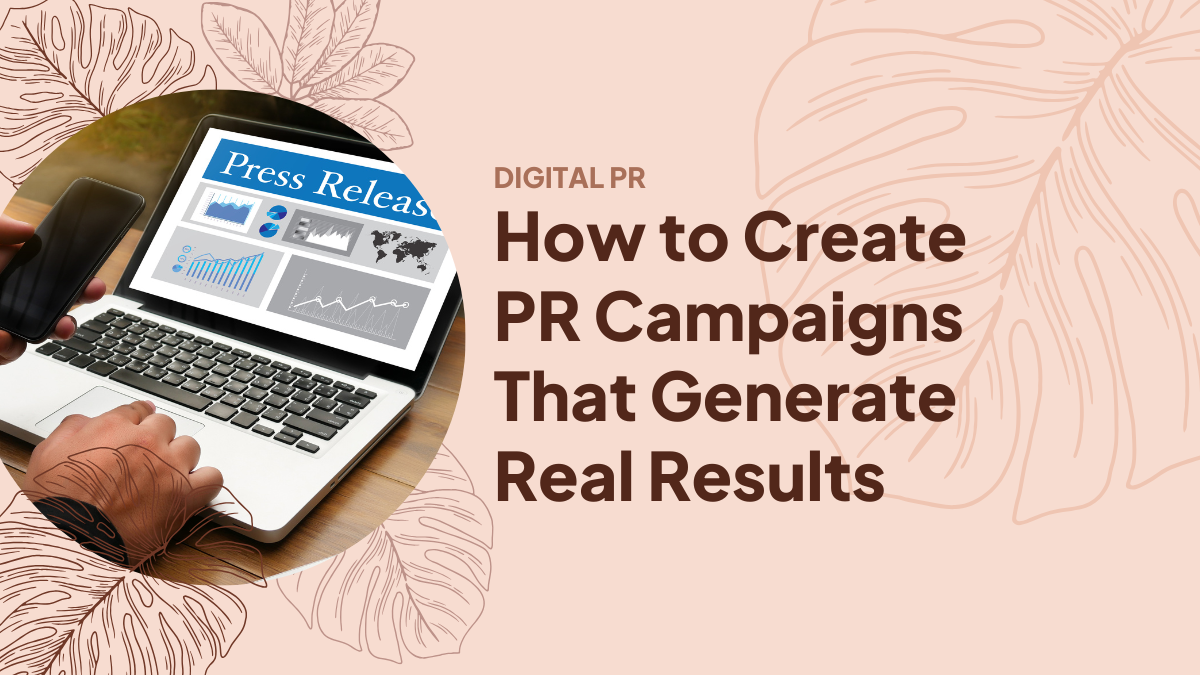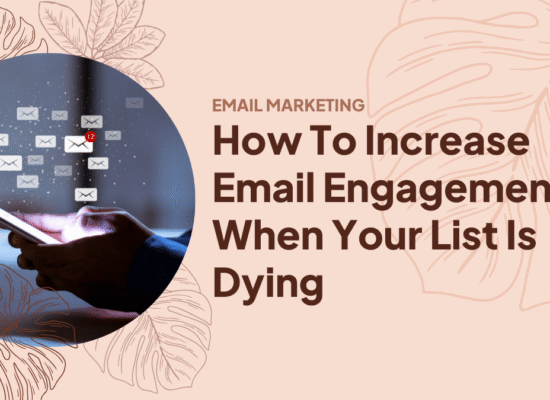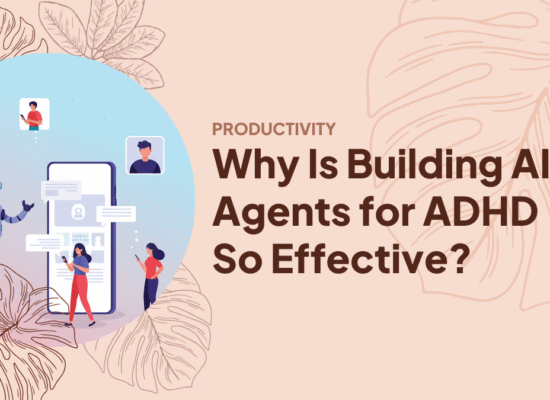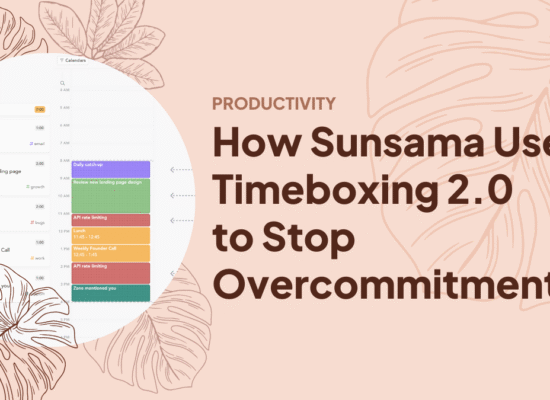Table of Contents
- What Makes PR Campaigns Actually Work
- Building Your Strategic Foundation
- Industry Growth and Technology Integration
- Digital PR Campaign Essentials
- Measuring Campaign Performance
- Implementation and Execution Strategy
- Resource Optimization for Campaign Success
- The Evolution of Strategic PR
- Ready to Launch Your Next PR Campaign?
Your brand competes against 10,000 daily messages for a single moment of human attention. The math alone should terrify most marketers trying to design successful PR campaigns.
Consumers face up to 10,000 ad impressions every day, creating an environment where traditional advertising approaches struggle to break through the noise. This reality has transformed how smart businesses approach PR campaigns.
Modern digital PR campaigns have evolved from simple press releases into sophisticated, multi-channel strategies that blend technical precision with authentic storytelling. The most effective campaigns now function as integrated communication ecosystems rather than isolated publicity efforts.
What Makes PR Campaigns Actually Work
A public relations campaign represents a coordinated series of communication activities designed to achieve specific business objectives through earned media coverage and strategic relationship building.
Unlike advertising, which relies on paid media placement, PR campaigns leverage credibility and authentic connections to influence public perception. They operate on the principle that third-party validation carries more weight than direct promotional messaging.
The distinction matters more than most businesses realize.
When executed strategically, PR campaigns create sustainable awareness that compounds over time. They build the kind of credibility that paid advertising cannot purchase, establishing your brand as a trusted authority within your industry.
Building Your Strategic Foundation
Successful PR campaigns begin with thorough research and clear objective setting.
You need to understand your target audience’s media consumption habits, preferred communication channels, and the key messages that resonate with their specific needs and challenges. This research phase determines whether your campaign will connect meaningfully or disappear into the digital noise.
Strategic messaging development follows research. Your core messages must align with both your business objectives and your audience’s interests while remaining authentic to your brand voice.
The most effective PR campaigns identify the intersection between what your audience cares about and what your business can credibly address. This intersection becomes the foundation for all campaign communications.
Industry Growth and Technology Integration
The PR industry has experienced significant transformation over the past decade.
The global PR market is valued at over $106.93 billion and expected to reach $144.28 billion by 2028, reflecting the growing recognition of PR’s strategic value in business growth.
This growth coincides with the integration of artificial intelligence into PR workflows. 61% of PR professionals are using or planning to explore generative AI technology, indicating a major shift toward data-enhanced creativity in campaign development.
The implications extend beyond simple efficiency gains.
AI integration allows PR professionals to analyze sentiment patterns, identify emerging conversation topics, and optimize message timing with unprecedented precision. However, the most successful PR campaigns still depend on human insight to create authentic connections that resonate emotionally with target audiences.
Digital PR Campaign Essentials
Modern PR campaigns require seamless integration across digital channels.
Your digital PR campaign strategy must account for how audiences consume information across social media platforms, industry publications, podcasts, and traditional media outlets. Each channel requires tailored messaging that maintains consistent core themes while adapting to platform-specific communication styles.
Content creation becomes central to this integrated approach.
You need to develop materials that serve multiple purposes: press releases that also function as SEO-optimized content, social media assets that support earned media coverage, and multimedia elements that enhance story appeal across different platforms.
The technical aspects matter as much as the creative elements. Your digital assets must be optimized for search discovery, shareable across social platforms, and trackable for performance measurement.

Measuring Campaign Performance
Effective PR campaigns require comprehensive measurement frameworks that go beyond traditional media mentions.
You should track engagement rates, sentiment analysis, website traffic patterns, and conversion metrics that connect PR activities to business outcomes. This data-driven approach allows for real-time campaign optimization and demonstrates PR’s contribution to overall business growth.
Modern measurement tools provide insights that were impossible just a few years ago.
You can now analyze which messages generate the most engagement, identify the optimal timing for different types of announcements, and understand how PR coverage influences customer behavior throughout the sales funnel.
Implementation and Execution Strategy
Successful PR campaigns implementation requires careful coordination across multiple activities and stakeholders.
Your campaign timeline should account for content creation, media outreach, social media activation, and stakeholder communication. Each element must be synchronized to create maximum impact while maintaining message consistency across all touchpoints.
Understanding how to optimize content strategy becomes crucial for campaign success. Your content must serve multiple purposes while maintaining quality and relevance across different platforms and audiences.
Relationship building remains fundamental to PR success.
You need to establish authentic connections with journalists, industry influencers, and other stakeholders before you need their support. These relationships provide the foundation for earned media coverage and third-party validation that amplifies your campaign messages.
Resource Optimization for Campaign Success
Smart businesses recognize that consistent, high-quality visual content supports successful PR campaigns.
Consider leveraging resources like an unlimited design subscription to ensure your campaign materials maintain professional standards across all touchpoints. This approach allows you to create compelling press kits, social media assets, and multimedia content without budget constraints limiting your creative execution.
The Evolution of Strategic PR
PR campaigns will continue evolving toward more personalized, data-driven approaches that maintain authentic human connections.
The businesses that succeed will be those that master the integration of technical precision with creative storytelling, using data insights to enhance rather than replace genuine relationship building and meaningful communication.
Your PR strategy should reflect this balance, leveraging available technology to improve efficiency and targeting while preserving the authentic voice and genuine value that make campaigns truly effective.
The opportunity exists for businesses willing to approach PR as a strategic discipline rather than a tactical afterthought.
Key Takeaways
- PR campaigns work best when they integrate earned media with authentic storytelling across multiple digital channels
- Successful campaigns require comprehensive measurement that tracks engagement, sentiment, and business outcomes beyond traditional media mentions
- Strategic relationship building with journalists and influencers provides the foundation for sustainable PR success
Ready to Launch Your Next PR Campaign?
Frequently Asked Questions
How long should a PR campaign run?
Most effective PR campaigns run for 3-6 months to allow enough time for relationship building, content creation, and measurable results to develop.
What's the difference between PR campaigns and advertising?
PR campaigns focus on earning credibility through third-party validation and authentic storytelling, while advertising relies on paid media placement for direct promotional messaging.
How do you measure PR campaign success?
Successful PR campaigns are measured through engagement rates, sentiment analysis, website traffic, media mentions, and conversion metrics that connect PR activities to business outcomes.
Maria is an accomplished digital marketing professional, specializing in content marketing and SEO. She's a neurodivergent who strives to raise awareness, and overcome the stigma that envelopes around mental health.






